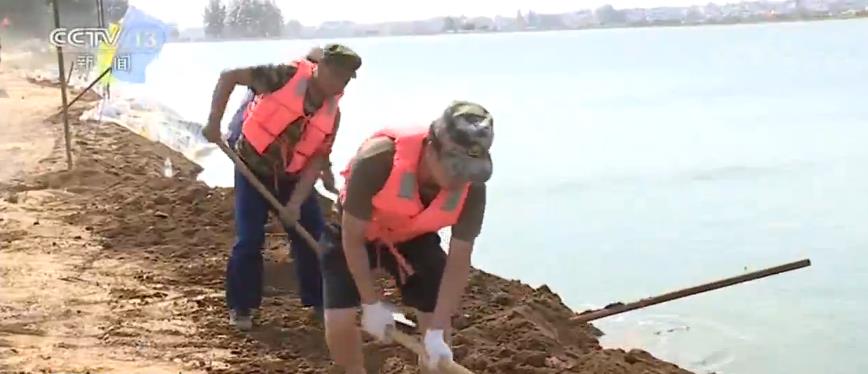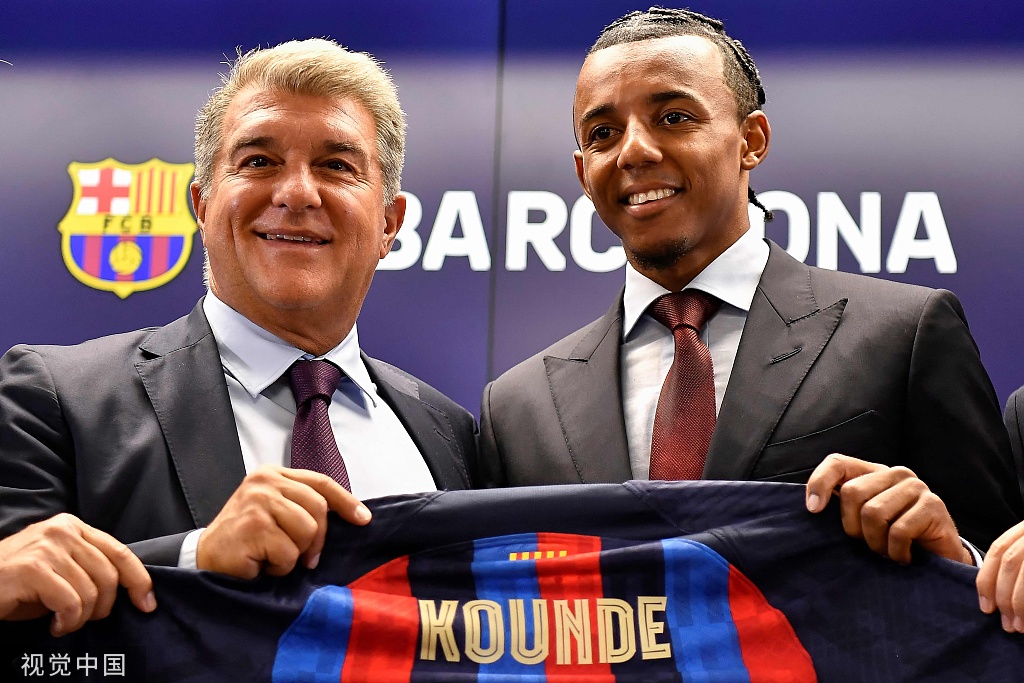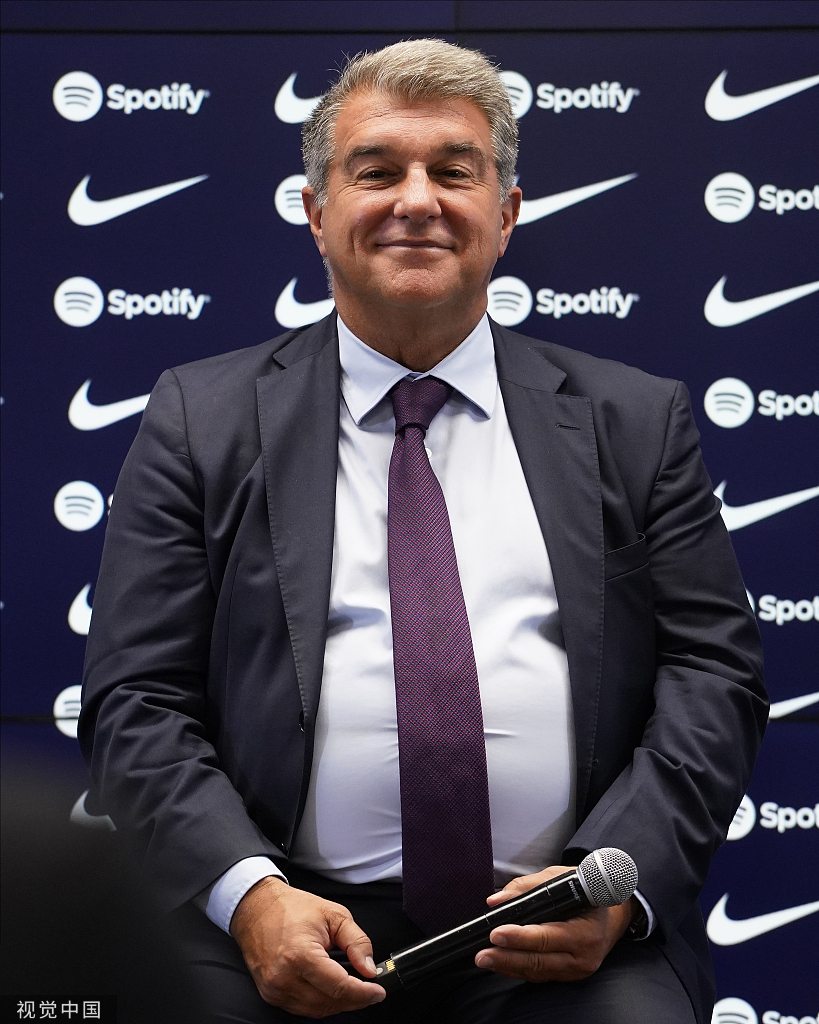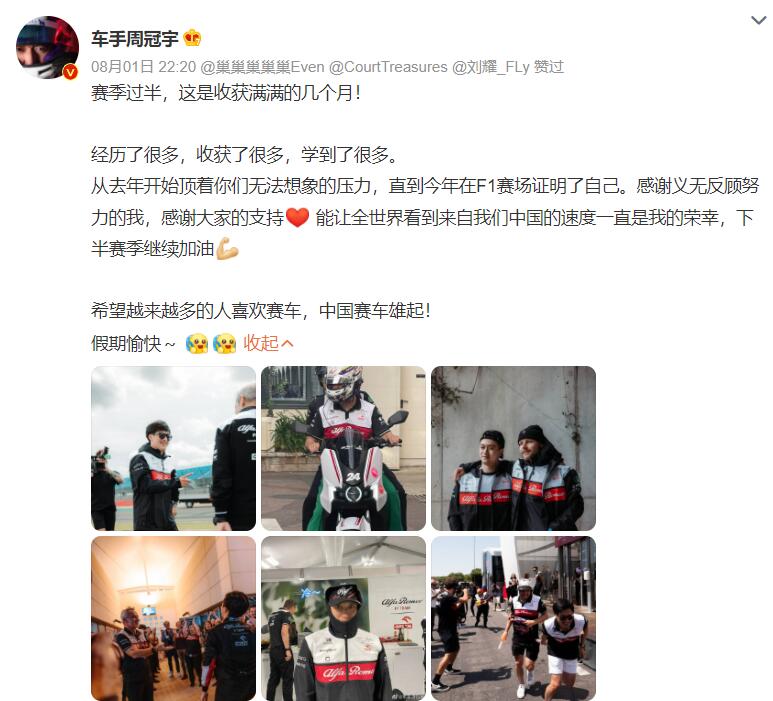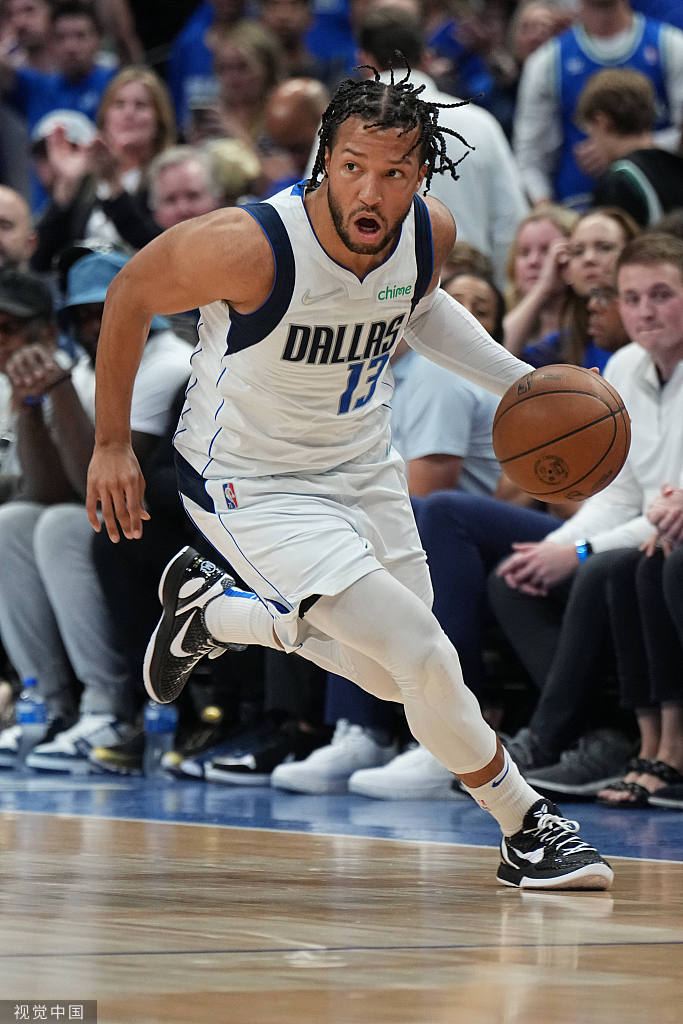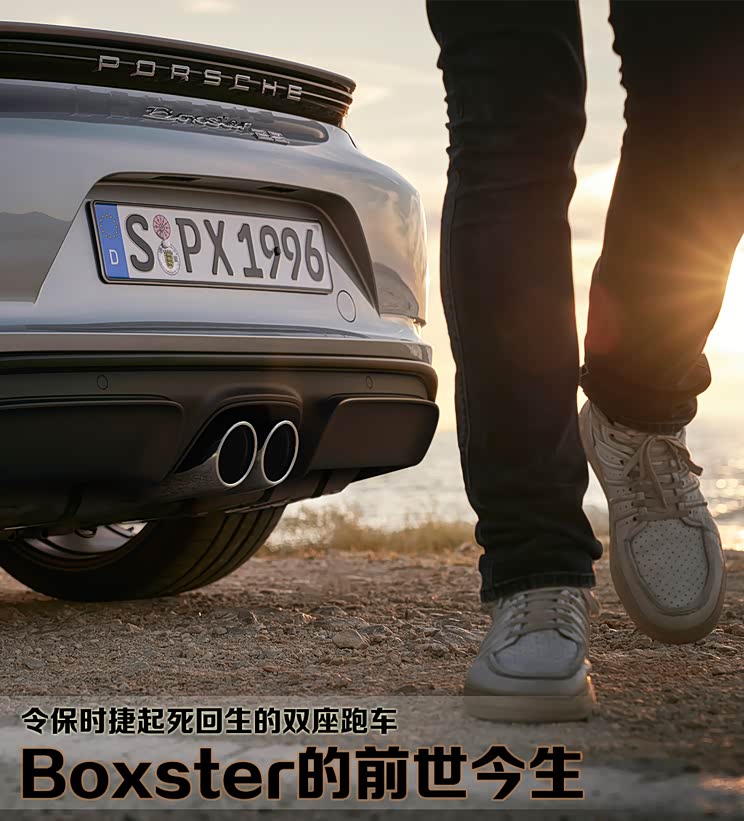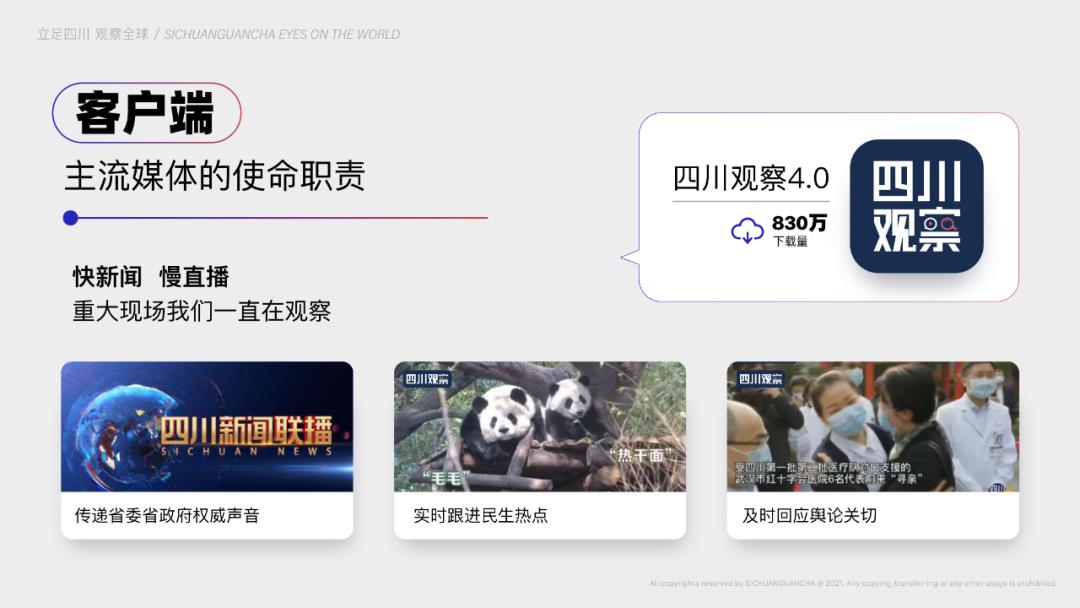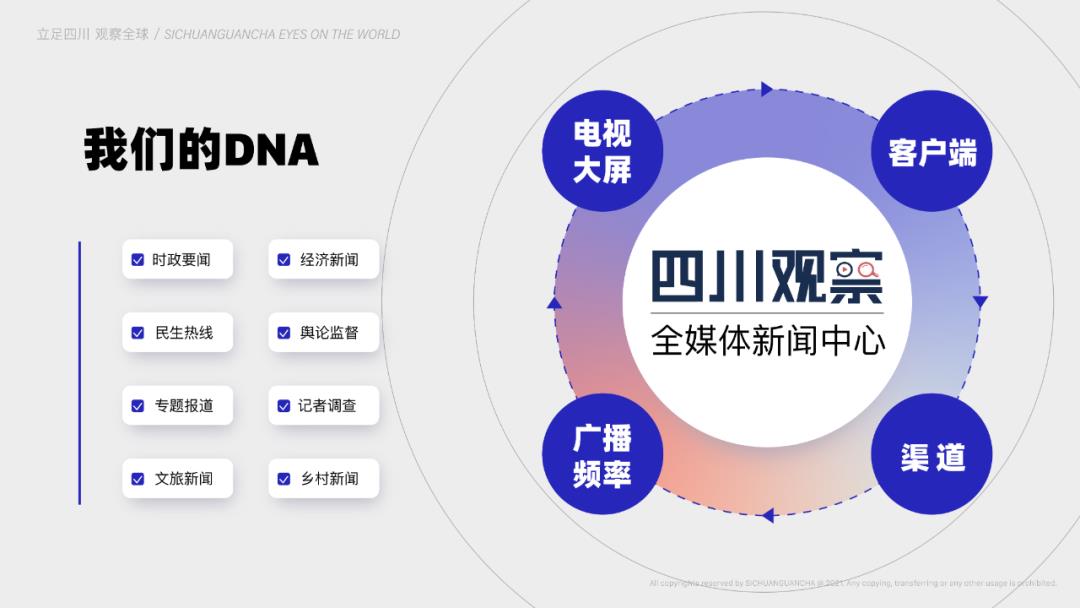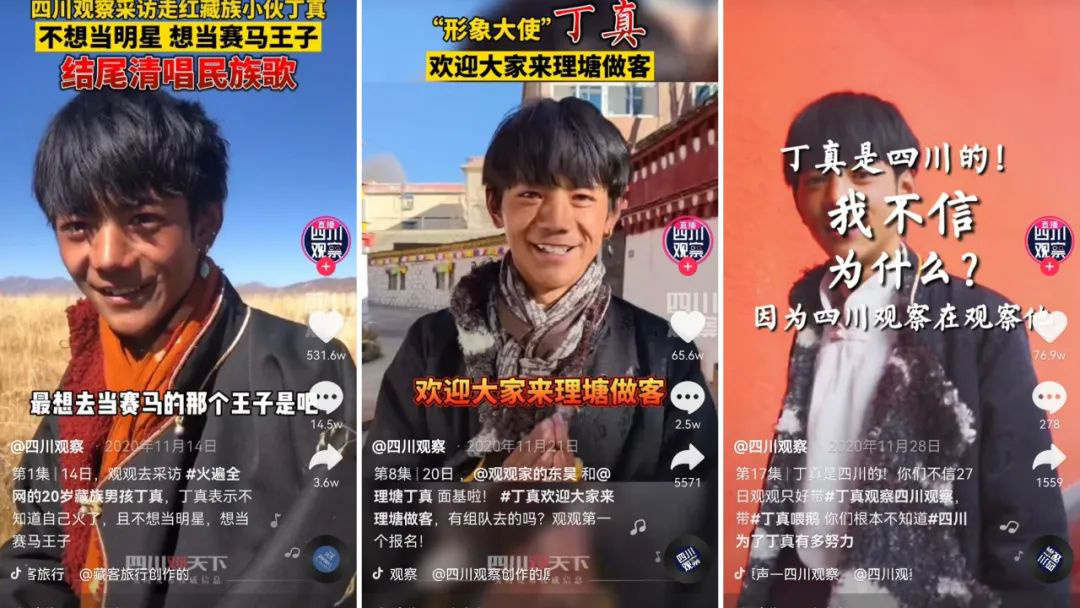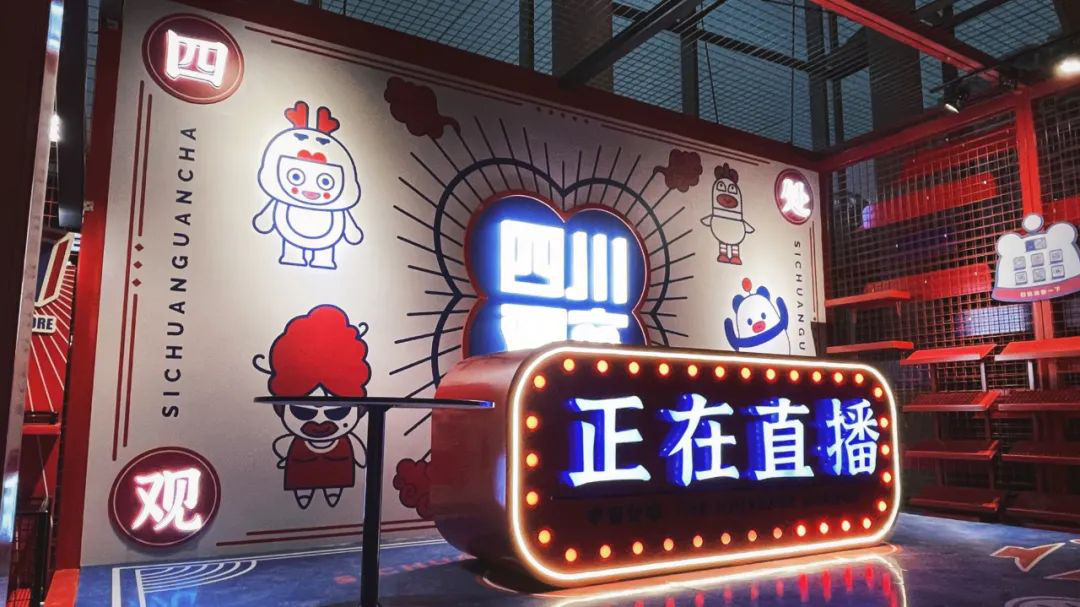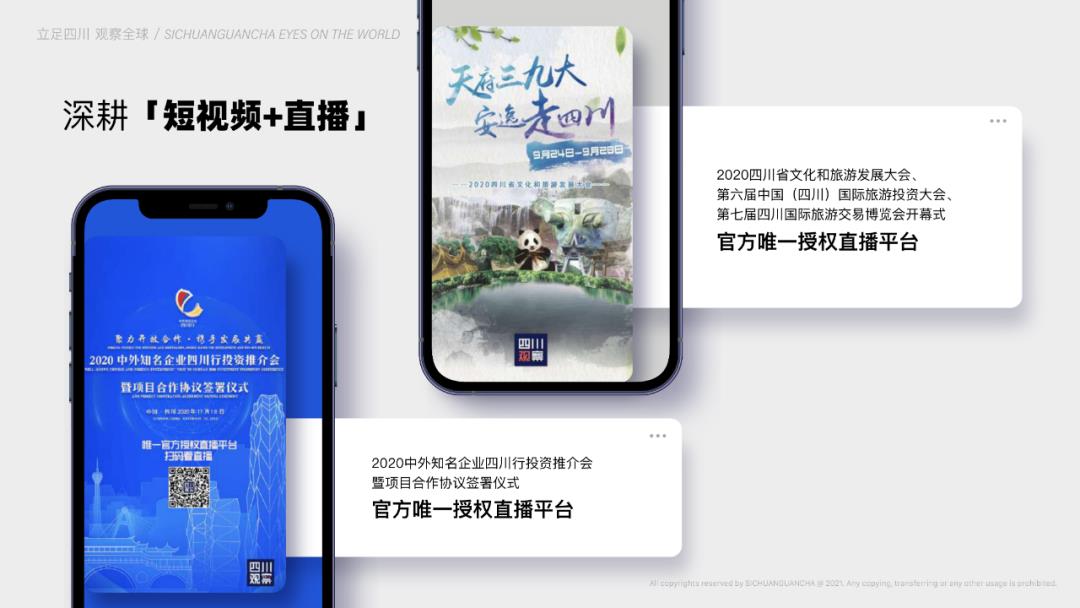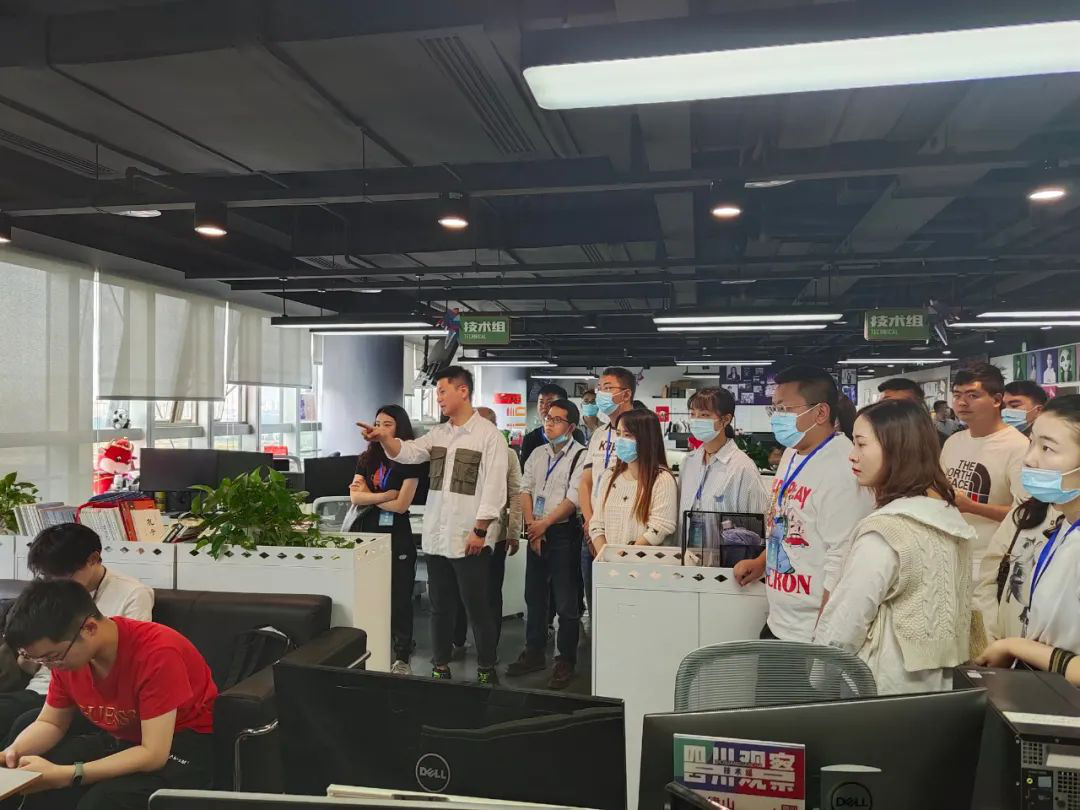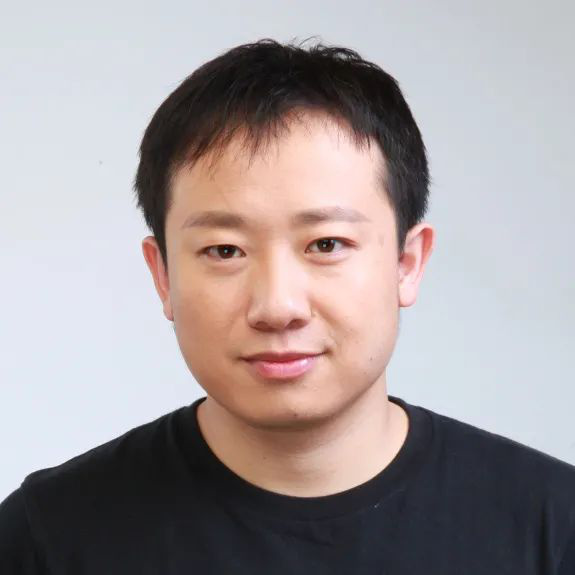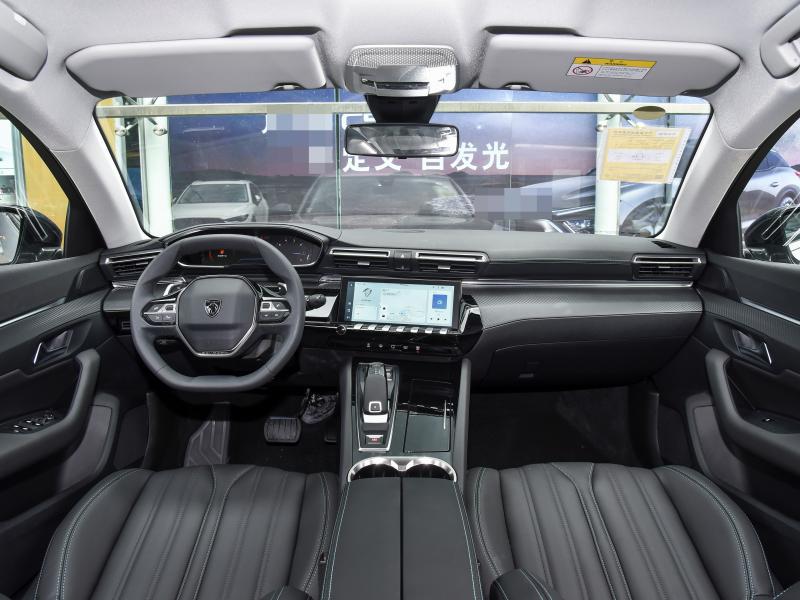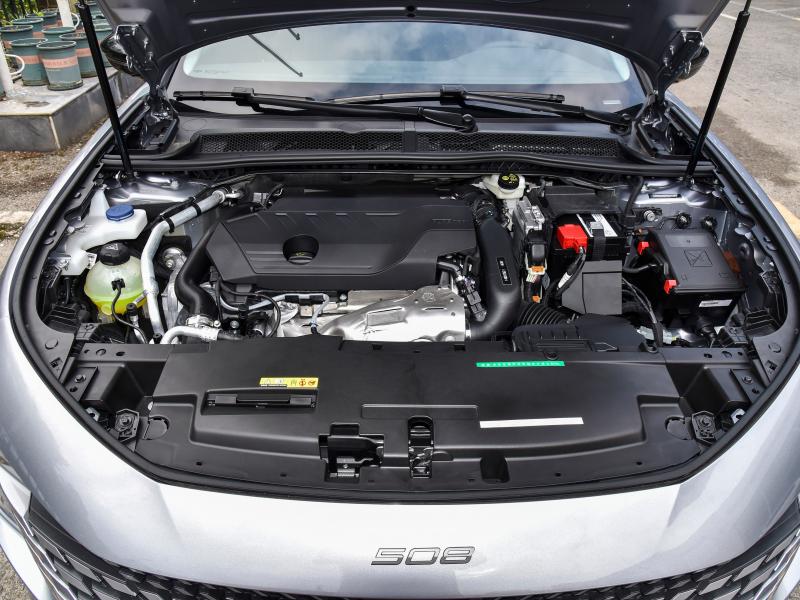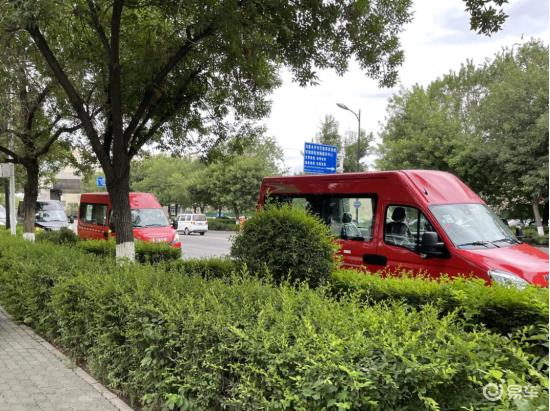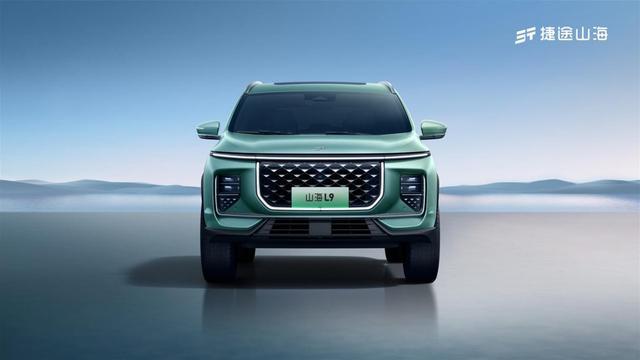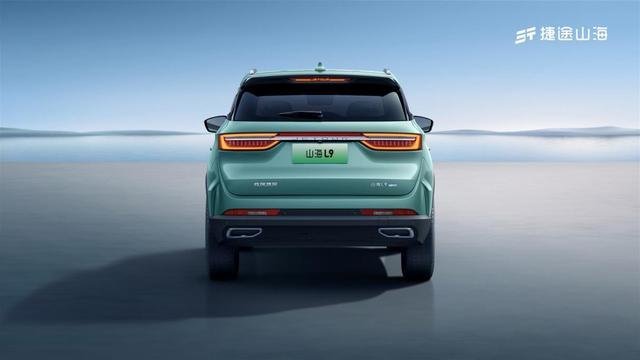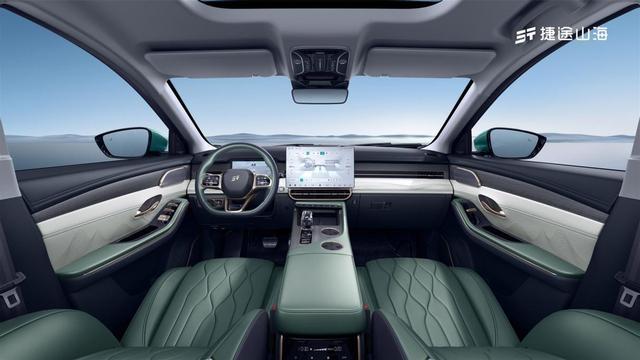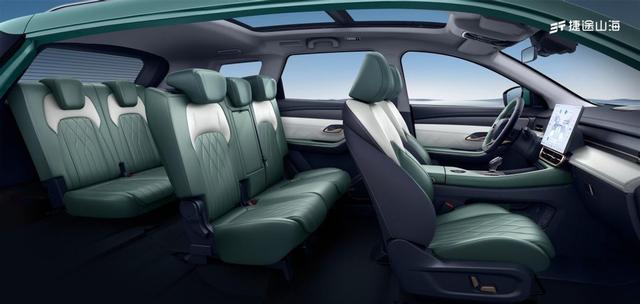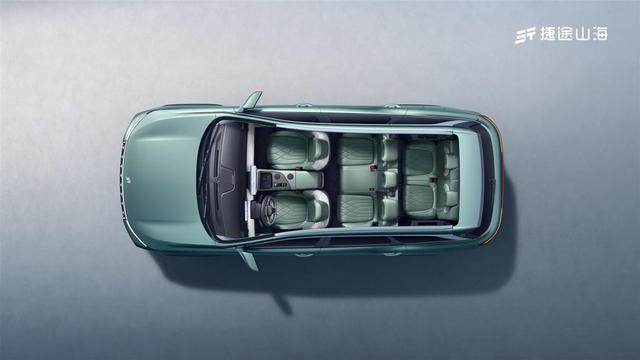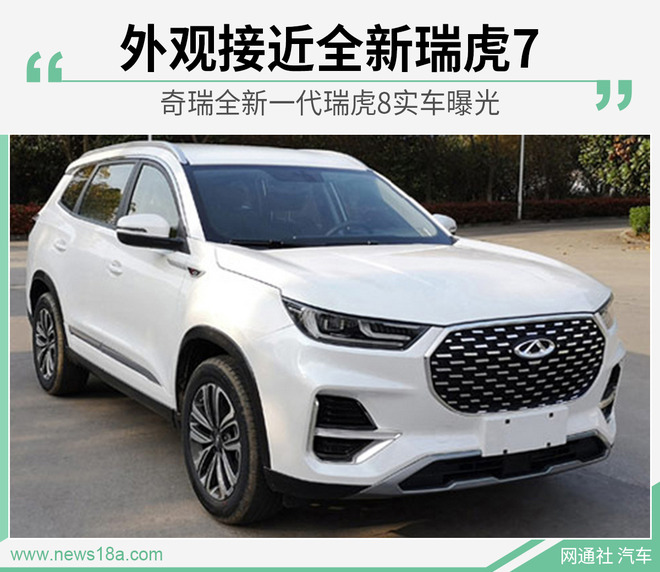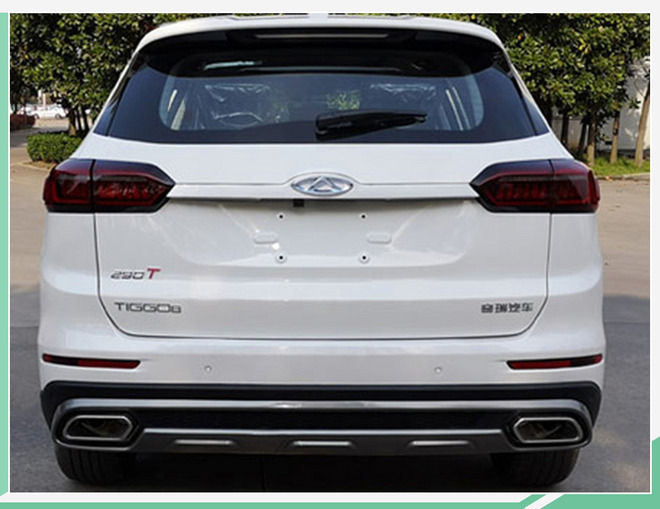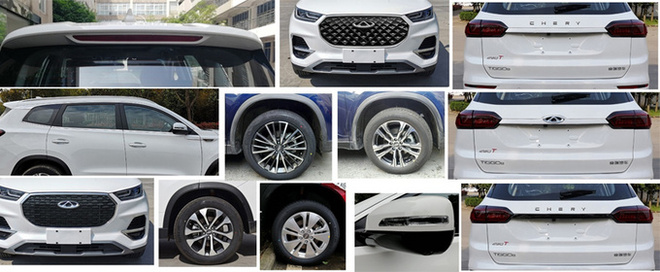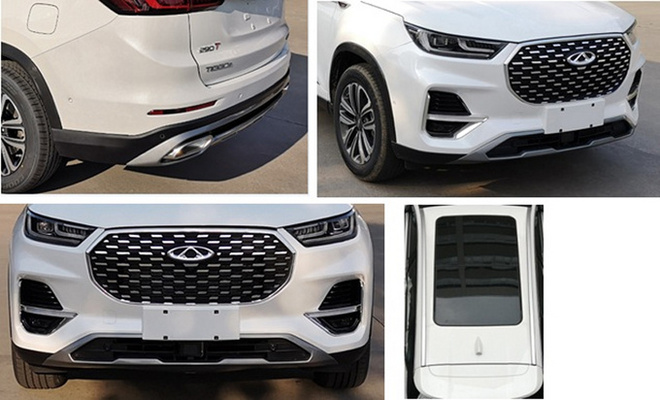The original title of this article: "Heavy! North high-speed railway along the Yangtze River and Hutong Railway … Major projects in Jiangsu are scheduled this year! Many projects in Nantong are listed! 》
first part
Implement the project
Major innovation carrier
Research and development platform
Haimen Bai ao si tu biology gene research and development base
Rugao Zhuo Yuan Zhongwu Third Generation Semiconductor Industry Technology Research Institute
Kechuang zone
Haimen zhenkang robot kechuangyuan
Major industrial projects
strategic emerging industries
New generation information technology
Packaging Test of Tongfu Microelectronic Smart Chip
High end equipment
Haimen investment promotion bureau luxury cruise ship
Haian ingram micro Jietuling Intelligent Industrial Robot
Biotechnology and new medicine
Qidong gaitianli pharmacy
new material
Haian Li Wu sheng graphene
Haimen zhonghang technology aviation light alloy
advanced manufacturing industry
equipment
Rugao tomson commercial vehicle gearbox
Haian Zhongli Heavy Industry Automobile Intelligent Painting Production Line
metallurgy
Haian junchang high strength light alloy
textile and other light industries
Qidong huafeng waterborne super fiber
modern service industry
modern logistics
Nantong Jingdong Logistics Global Air Cargo Hub
Rugao Guo Lin hui tai Lin gang logistics zone
Nantong SF East China Wisdom Dianshang Logistics
Qidong China supply & marketing agriculture products logistics base
leisure traveling
Qidong Changtai Tangyun Longwan Cultural Tourism Comprehensive Development
information service
Rugao yixiao technology network video live broadcast base
Major infrastructure
highway
Yangtze river crossing channel connecting line
Port channel
Expansion and upgrading project of Nantong port
railway
Hutong railway
Yantong high-speed railway
North high-speed railway along the Yangtze River
Urban (international) traffic
Nantong rail transit project
the second part
Reserve project
Nantong Yangtze river chip
Nantong Zhongtian boutique gang
Laser Gyro and Inertial Navigation System of Sinosteel in Hai ‘an
Rugao Zhongjing Aerospace Third Generation Compound Semiconductor
Rudong tongkun PTA
tongsujia
Sutong no.2 river crossing channel
In addition, Nantong is also involved in the Yangtze River Economic Belt’s systematic protection projects.
Major projects are still arranged in five categories.
The high-speed railway along the Yangtze River in the north and the Tongsujia Railway are listed.
There are 20 major innovation carrier projects, including Nanjing National Science Center and Specialized Research Institute of Provincial Institute of Industry and Research.
130 major industrial projects, including 70 strategic emerging industrial projects, including Wuxi Hua Hong integrated circuit, Yangzhou Osprey general aviation aircraft and other projects; 20 advanced manufacturing projects, including Lianyungang Shenghong refining and chemical integration, Xugong special lifting machinery and other projects; 35 service projects, including Xuzhou China Railway "Belt and Road" Logistics Park and Nanjing Fiberhome Communication East China Headquarters Base; There are 5 agricultural projects, including Suqian Zhongmin Flower and Seedling Base.
There are 13 major eco-environmental protection projects, 3 more than last year, including 7 ecological protection projects and 6 pollution control projects. Among them, the Yangtze River Economic Belt, such as remediation and restoration of the Yangtze River coastline, afforestation along the Yangtze River, land remediation of chemical relocation, and agricultural non-point source pollution control, has seized six systematic projects of great protection.
There are 10 major livelihood projects, including 7 social undertakings and 3 livelihood security projects, including the inheritance and upgrading project of traditional Chinese medicine, the shantytown renovation system project, the Jiangbei Campus of Nannong University, and the Yangtze River diversion project in Lixiahe area of Taizhou.
There are 47 major infrastructure projects, two more than last year, with an annual planned investment of 237 billion yuan. Among them, there are 33 transportation infrastructure projects, with an annual planned investment of 151.6 billion yuan, including the railway along the Yangtze River in the south, the high-speed railway along the Yangtze River in the north, the Ninghuai Intercity, the Lianyungang New Airport, the reconstruction and expansion of the Beijing-Shanghai Expressway, the Yangtze River crossing channel in Changtai and Longtan, and the demonstration project of the iron-water combined transport facilities in the Yangtze River trunk port. 6 water conservancy projects, including the second phase of the Huaihe River into the sea and the new Meng He; 2 communication projects, including the province’s broadband upgrading project; There are 6 energy projects, including the expansion of Tianwan Nuclear Power Station in Lianyungang and offshore wind power in Nantong, Yancheng.
In addition, 20 reserve projects were arranged with a total investment of 696.6 billion yuan. Including 9 industrial projects such as Nantong SMIC Changjiang 14 nanometer chip, Yancheng Baowu Meigang relocation and upgrading, Nantong Zhongtian Boutique Steel, and 11 infrastructure projects such as Tongsujia, Ningxuan and Ningyang Ningma Railway.
Nantong project continues to be strong.
Haian Rugao Tongzhou and other places have a good momentum.
It is understood that compared with previous years, in 2019, the major project arrangements in the province generally showed the characteristics of "three increases and three enhancements". First, the number of projects that complement the chain and strengthen the chain has increased, and the industrial agglomeration effect has been enhanced. On the basis of continuing to promote the flagship projects of integrated circuit industry in Wuxi, Nanjing and Xuzhou, such as TSMC, Ziguang, Hynix, Hua Hong and GCL, we will newly arrange chip manufacturing and testing projects such as Wuxi China Resources Shanghua and Nanjing Huatian, as well as integrated circuit equipment and materials projects such as Pizhou Luwen Etcher and Xuzhou Tianke Heda Silicon Carbide Chip, so as to further enhance industrial agglomeration and promote the upstream and downstream extension of the industrial chain; Efforts will be made to accelerate the transfer of chemicals and steel from the Yangtze River to the coastal areas, with emphasis on Lianyungang Shenghong, Sinochem, Nantong Zhongtian, Yancheng Baowu and other projects, and no chemical and steel projects along the Yangtze River will be arranged. Second, the number of diversified cooperation projects has increased, leading the demonstration effect to be enhanced. 10 national spatial information application platforms, energy and power research centers, metal 3D printing equipment and other projects in cooperation with top domestic scientific research units such as Chinese Academy of Sciences and Chinese Academy of Sciences; More than 20 radar research institutes, maglev trains, bonded logistics and other projects in cooperation with central enterprises such as AVIC, China Railway, China Merchants and CITIC; There are nearly 90 private-funded projects, including nearly 20 projects such as big data research institutes and cloud computing centers that have invested and cooperated with well-known private enterprises such as Huawei, Ali and Tencent; Germany, France, Japan, South Korea and other foreign-funded integrated circuits, high-end CNC equipment, general-purpose aircraft, new semiconductor components projects more than 20.These projects will effectively promote the application of technological innovation, promote the development of private economy, improve the level of opening up, and provide realistic samples for Jiangsu’s industrial transformation and upgrading. Third, the number of regional linkage projects has increased, and the coordinated development effect has been enhanced. Cross-river development, gradient transfer, and North-South cooperation projects such as the river-crossing channel, the high-speed railway along the Yangtze River, Lianyungang Shenghong, Yancheng Dongshan Precision, and Suqian Changdian Seal Survey have increased significantly. Projects in Nanjing, Nantong, Changzhou, Wuxi, Suzhou and other places continue to be strong, and the quality of projects in Xuzhou and Yancheng has been significantly improved. In the county economy, Jiangning, Lishui, Jurong, Jintan and other areas along the Ning Hang line and Hai’ an, Rugao and Tongzhou have shown good development momentum.
Strive for "Five Highlights" in Project Investment Planning.
According to Li Kanzhen, director of the Development and Reform Commission of Jiangsu Province, this year’s investment plan for major provincial projects strives to grasp the "five highlights": highlighting the overlapping opportunities of national strategies. Firmly grasp the major opportunities of the superposition of the three national strategies, and arrange more backbone support projects such as ecological restoration of the Yangtze River, high-speed rail along the Yangtze River, and river-crossing passages to promote the accelerated implementation of national strategies. Highlight innovation and development. Focus on the high-end industrial chain and value chain, pay attention to arranging science and technology carriers and emerging industrial projects with cutting-edge technology research and core technology application, and lead industrial transformation and upgrading with innovation. Highlight the real economy. Focusing on cultivating 13 world-class advanced manufacturing clusters, we will arrange more major industrial projects with independent intellectual property rights, realize import substitution or industrial breakthroughs, and promote the construction of an independent and controllable advanced manufacturing system. Highlight the short board. Focusing on the strategy of "1+3" key functional areas, enhancing Nanjing’s primacy and the level of interconnection, we will arrange more major projects in the infrastructure field to make up for shortcomings and accelerate the construction of a modern comprehensive transportation system. Highlight the people’s livelihood orientation. Adhere to ecological priority and green development, pay attention to arranging systematic livelihood projects such as ecological protection, pollution control and rural revitalization, and social undertakings such as universities and hospitals, and strive to improve the effective supply of public goods.
Attachment: List of Major Projects in Jiangsu Province in 2019
The first part of the implementation project (220)
I. Major innovation carriers (20)
(1) R&D platforms (17)
1. Nanjing Comprehensive Science Center
2. Energy and Power Research Center of Institute of Industrial and Thermal Engineering, Chinese Academy of Sciences, Lianyungang
3. Institute of Specialization, Jiangsu Industrial Technology Research Institute
4. Changzhou National Spatial Information Comprehensive Application Innovation Platform of Chinese Academy of Sciences
Changzhou Research Center for Clean Energy and Cutting-edge Equipment, Institute of Physics, Chinese Academy of Sciences
6. Huawei Suzhou Industrial Technology Research Institute
7. Wuxi Fuhua Chip and Navigation High-tech Research Institute
8. Hengrui Pharma Nanjing Innovative Drug Clinical Research and Medical Transformation Center.
9. Wuxi PharmaTech Suzhou New Drug Development Headquarters
10. AVIC Wuxi Wireless Detection Equipment R&D Center
11. AVIC Shen Fei Yangzhou Aviation Science and Technology Research Institute
12. Changzhou Industrial Internet R&D Center of Aerospace Science and Technology
13. Haimen Baioseitu Biogene R&D Base
14. Changzhou Yangtze River Institute National Intelligent System Integration Testing and Certification Center
15. Nanjing Yijiahe Intelligent Inspection Robot R&D Base
16. Rugao Zhuo Yuan Zhongwu Third Generation Semiconductor Industry Technology Research Institute
17. Yancheng 5G Networked Vehicle R&D Center of Institute of Computing Technology, Chinese Academy of Sciences
(2) Science and Technology Parks (3)
18. Nanjing University Science Park
19. Taicang Wuzhong Group Xingyao Port
20. Haimen Zhenkang Robot Science and Technology Park
II. Major industrial projects (130)
(1) Strategic emerging industries (70)
I new generation information technology
1. Nanjing Ziguang Memory Manufacturing Base Phase I
2. Nanjing TSMC 12-inch wafer
3. Wuxi Hua Hong Integrated Circuit
4. Wuxi SK Hynix Semiconductor Factory No.2
5. Jiangyin SMIC 3D integrated chip
6. Huai ‘an Times 12-inch Phase Change Memory Chip
7. Huai ‘an Dehuai 12-inch integrated circuit chip
8. Xuyi Zhongjing Aerospace 8-inch wafer
9. Wuxi Haichen 8-inch wafer
10. Wuxi Huarun Shanghua 8-inch wafer
11. Wuxi Yatai Yuchen Optical Chip
12. Jurong Yidu Photoelectric Semiconductor Chip
13. Packaging Test of Tongfu Microelectronic Smart Chip
14. Suqian Changdian Technology Integrated Circuit Packaging
15. Nanjing Huatian Integrated Circuit Sealing and Testing
16. Xuzhou Huajin Chip Packaging Test
17. Large-diameter silicon wafer for Wuxi Zhonghuan integrated circuit
18. Xuzhou GCL large-size wafer
19, Xuzhou Chinese Academy of Sciences Tianke Heda silicon carbide chip
20. Yancheng Fulede Semiconductor Materials
21. Wuxi Murata Fourth Generation Ceramic Capacitor
22. Nanjing ZTE 5G communication equipment
23. Kunshan Zhongke Shuguang Domestic Security Controllable Server
24. Wujiang Innoseco Semiconductor Chip
25. Yangjie 8-inch automobile and power electronic chip
26. Yancheng Dongshan Precision Flexible Circuit Board
27. Wujiang BOE Flexible Smart Display Terminal
28. Xuzhou Yuechuang Flexible LCD Panel
29. Huai ‘an Qingding Precision Electronic Multilayer Flexible Circuit Board
Ⅱ high-end equipment
30. Yangzhou Osprey General Aviation Aircraft
31. Haimen China Merchants Luxury Cruise
32. Xuzhou Tiantuo Integrated Circuit Production Equipment
33, Pizhou Leuven magnetic memory etching machine
34. Metal 3D printing equipment of Taizhou Chinese Academy of Sciences
35, Nanjing Siemens high-end CNC equipment
36. Xuzhou China Railway Maglev Train Production
37. Changzhou Xinchengrui Rail Transit Operation Intelligent Management Equipment
38. Hai ‘an ingram micro Jietuling Intelligent Industrial Robot
39. Yangzhou D.Phone Intelligent Robot
40. Changzhou Guoqiang Solar Intelligent Operation and Maintenance Equipment
41. Changzhou Fengjiang unmanned agricultural equipment
42. Taixing Zhongzhi Heterojunction Solar Cell Production Equipment
43. Yangzhou AVIC Changfei Submarine Optical Cable
Ⅲ Biotechnology and New Medicine
44. Hengrui Biopharmaceutical
45, Nanjing Freilai immunotherapy drugs and new vaccines
46, Qidong Gaitianli Pharmaceutical
47. Changzhou Hequan New Drug R&D and Production
48. Changzhou Hengbang New Antitumor Drug
49, Taizhou Maibotaike antibody drugs
50, Taizhou Saifushi antibody drugs
51. Yangzijiang biopharmaceuticals
ⅳ new materials
52. Haian Lisheng Graphene
53. Haimen AVIC Aviation Light Alloy
54, Changzhou SK new energy vehicle battery diaphragm
55. Changzhou Xingyuan coated diaphragm
56. Changzhou Dangsheng Technology Lithium Battery New Materials
ⅴ New energy and new energy vehicles
57. Changzhou Times ternary lithium battery
58. Nanjing LG ternary lithium battery
59. Nanjing Guoxuan ternary lithium battery
60. Jiangyin Yuanjing Nissan Lithium Battery
61. Changzhou Nortel Astor ternary lithium battery
62. Sinochem ternary lithium battery
63. Zhenjiang Funeng ternary lithium battery
64, Xuzhou building materials copper indium gallium selenide thin film battery
65. Gaoyou CNNC built cadmium telluride thin film battery.
66. Nanjing FMC New Energy Vehicle
67. Zhangjiagang Great Wall BMW
68. Kunshan Qoros New Energy Vehicle
69. Beiqi New Energy Vehicle
70. Nanjing Chang ‘an New Energy Vehicle
(2) Advanced manufacturing industries (20)
I automobile
1. Yizheng Volkswagen Phase II
2. Changzhou Kuntai Automobile Seven-speed Dual Clutch Gearbox
3, the Great Wall passenger car and key components.
4. Changzhou Nainbo ATV
Ⅱ equipment
5. Xuzhou Xugong Special Lifting Machinery
6. Rugao Tomson Commercial Vehicle Gearbox
7. Changzhou Putailai Power Battery Production Equipment
8. Yancheng Huadong Paper Intelligent Complete Equipment
9. Changzhou Chineydy Intelligent Driving System
10. Haian Zhongli Heavy Industry Automobile Intelligent Painting Production Line
Ⅲ metallurgy
11. Haian Junchang High Strength and Light Alloy
12. Yancheng Delong High Alloy Steel
ⅳ high-end chemical industry
13. Lianyungang Shenghong Refining and Chemical Integration
14. Lianyungang Sinochem High-end Fine Chemical Industry
15. Huaian Shilian Chemical and Electronic Specialty Products
ⅴ light textile
16, Jinguang high-grade paper manufacturing
17. Suzhou Ganghong Fiber Differential Fiber
18. Suqian Hengtian Differential Fiber
19. Xuzhou Jin Rong Tai Tencel New Materials
20. Qidong Huafeng Waterborne Superfiber
(3) Modern service industry (35)
Ⅰ Modern Logistics
1. Nantong Jingdong Logistics Global Air Cargo Hub
2. Nanjing Airport Grand Customs Clearance Base
3. Rugao Guolin Huitai Lingang Logistics Park
4. Xuzhou China Railway "Belt and Road" Logistics Park
5. Nantong Shunfeng East China Smart E-commerce Logistics
6. Xuzhou Comprehensive Bonded Zone
7. Jiangyin Dachanghang Yangtze River Delta Bonded Logistics Base
8. Taizhou China Logistics East China Distribution Center
9. Qidong China Supply and Marketing Agricultural Products Logistics Base
Ⅱ. Healthy pension
10. Lishui Taiping Healthy Valley
11. Jurong Gaoli Qinhuai Garden Kangyang Valley
12. Suzhou Huici International Medical and Health Center
Ⅲ Leisure tourism
13. Yangzhou Slender West Lake Wenchuang Tourism Integration Development Demonstration Zone
14. Comprehensive development of Hanshe aurora tourism.
15. Comprehensive development of Huai ‘an Huaiyan cultural tourism.
16. Nanjing Niushoushan Jinling Cultural and Creative Park
17, Qidong Changtai Tangyun Longwan cultural tourism comprehensive development.
ⅳ creative culture
18. Yangzhou China Grand Canal Museum
19. Yangzhou Light Film World
20. Jiangyin Dream Oriental Cultural and Creative Base
21. Huai ‘an Huaqiang Fangte Fuxing Road Cultural and Creative Base
22. Nanjing Six Flags Cultural and Creative Base
ⅴ Financial services
23. Yuzui Financial Agglomeration Zone in the southwest of Nanjing River.
24. Nanjing Jiangbei New Financial Center Phase I
25. Xuzhou Huaihai Economic Zone Financial Services Center Phase I
ⅵ business business
26. Nanjing Tongcheng Hongtu Aviation National Headquarters Base
27. Yangzhou Spring Airlines East China Regional Headquarters
28. JD.COM Electronic Commerce Center
ⅶ information service
29. Alibaba Jiangsu Headquarters and Cloud Computing Center
30. Tencent East China Cloud Computing Base
31. Nanjing Fiberhome Communication East China Headquarters Base
32. Wuxi Inspur Big Data Center
33. Suzhou National Smart City Industrialization Base
34. Nanjing Sugaotou Wisdom Cloud Valley
35, Rugao, the technology network video live broadcast base.
(4) Modern agriculture (5)
1. Nanjing Jiangsu Horticultural Exposition Park
2. Modern agriculture of Nanjing Qiuhu landscape
3. Suqian Zhongmin Flower and Seedling Base
4. Gaochun Gucheng Lake Crab Industrial Park
5. Xinghua Special Flavor Healthy Ecological Agriculture
III. Major eco-environmental protection (13)
(1) Ecological protection (7)
1, the Yangtze River shoreline renovation project
2. Afforestation project along the Yangtze River
3, the province’s black smelly river treatment project ☆.
4. Land improvement project for chemical relocation along the Yangtze River
5, the province’s ecological environment monitoring ability improvement project
6, Taihu Lake water environment comprehensive management project ☆.
7, Yancheng coastal million mu of ecological protection forest project
(2) Pollution control (6)
1. Annual project to improve the centralized disposal capacity of sewage solid waste along the Yangtze River
2, the Yangtze River Economic Belt agricultural non-point source pollution control project
3. Comprehensive treatment project of coal mining subsidence area in Xuzhou
4. Remediation of polluted land in Xuzhou old industrial zone
5. Comprehensive promotion of environmental protection in Zhangjiagang Shagang
6. Zhangjiagang Vein Industrial Park
IV. Major livelihood projects (10)
(1) Social undertakings (7)
1. Traditional Chinese Medicine Inheritance and Promotion Project
2. Jiangyin Campus of Nanjing University of Science and Technology
3. Changzhou New Campus of Hohai University
4. Jiangbei Campus of Nanjing Agricultural University
5. New Campus of Jiangsu Open University
6. Taicang Higher Education Park
7, the 20th provincial sports meeting venues.
(2) People’s livelihood security (3)
1, shantytown renovation system engineering
2, rural highway file upgrade annual project
3. Yangtze River Diversion Project in Lixiahe Area of Taizhou
V. Major infrastructure (47)
(1) Transportation (33)
I highway
1. Provincial Expressway
2. Expressway in the province
3. Reconstruction and expansion of Jiangsu section of Beijing-Shanghai Expressway
4. Changtai River Crossing Passage
5. Nanjing Yangtze River Crossing Channel
6. Connecting line of Yangtze River crossing channel
7. National and provincial trunk highways
Ⅱ port channel
8. Lianyungang Port Expansion and Upgrading Project
9. Expansion and upgrading project of Yancheng Port
10. Expansion and upgrading project of Nantong Port
11. Zhenjiang Port Expansion and Upgrading Project
12. Suzhou Port Taicang Port Area Phase IV Project
13, Beijing-Hangzhou Canal hub port expansion and upgrading project
14, the provincial trunk waterway network improvement project
Ⅲ railway
15. Hutong Railway
16. Railway connecting Huaiyang Town
17. Xuzhou-Suzhou Huaiyan Railway
18. Lianxu High-speed Railway
19. Yantong high-speed railway
20. Intercity Railway along the Yangtze River in South Jiangsu
21. High-speed railway along the Yangtze River in the north
22. Ninghuai Railway
23. Shanghai-Suzhou-Lake Railway
24, the Yangtze River trunk port hot metal transport facilities demonstration project
ⅳ airport
25. Relocation of Lianyungang Civil Airport
26. Airport expansion project
ⅴ Urban (international) traffic
27. Nanjing Metropolitan Area Rail Transit Project
28. Suzhou Rail Transit Project
29. Wuxi Rail Transit Project
30. Changzhou Rail Transit Project
31. Xuzhou Rail Transit Project
32. Nantong Rail Transit Project
33. Suzhou International Express Logistics Channel Phase II Project
(2) Water conservancy (6)
1. Phase II Project of Huaihe River Waterway into the Sea
2. New Meng He Project
3. Follow-up project of Jiangsu section around Taihu levee
4. Emergency Treatment Project for Bank Collapse in Jiangsu Section of the Yangtze River
5, Jiangsu Province Huaihe River Basin key plain depression recent treatment project.
6. Follow-up water conservancy projects for comprehensive development of the old course of the Yellow River
(3) New information communication (2)
1. Broadband Jiangsu Upgrade Annual Project
2. Wireless Jiangsu Promotion Annual Project
(4) Energy (6)
1. Power grid expansion project
2. Lianyungang Tianwan Nuclear Power Plant Expansion Project
3. Natural gas transportation and storage facilities
4. Offshore wind power engineering
5. Changzhou Zhongyan Salt Cave Compressed Air Energy Storage Power Station National Demonstration Project
6. Jurong Pumped Storage Power Station
Part II Reserve Projects (20)
1. Nantong Changjiang Chip
2. The relocation and upgrading of Yancheng Baowu Meigang
3. Nantong Zhongtian Fine Steel
4. SINOPEC Laser Gyroscope and Inertial Navigation System in Hai ‘an
5. Jiangyin Yuanwang Shenzhou High-end Marine Electronic Equipment
6. Rugao Zhongjing Aerospace Third Generation Compound Semiconductor
7. Formosa Plastics Coastal Petrochemical Base
8. Comprehensive Utilization of Ethylene in Lianyungang Satellite Petrochemical Company
9. Rudong Tongkun PTA
10. Tongsujia Railway
11. Ningyang Ningma Railway
12. Ningxuan Railway
13. Yantai-Wuxi-Changyi Railway
14. Jiangsu Section of Hefei-Xinyi Railway
15. Nanjing-Yancheng Expressway
16. Sutong Second River Crossing Passage
17. Yancheng Binhai Port 300,000-ton Waterway Wharf
18. Units 7 and 8 of Lianyungang Tianwan Nuclear Power Station
19. Jiangsu Huadian Ganyu LNG Receiving Station
20. Guoxin Lianyungang Pumped Storage Power Station
